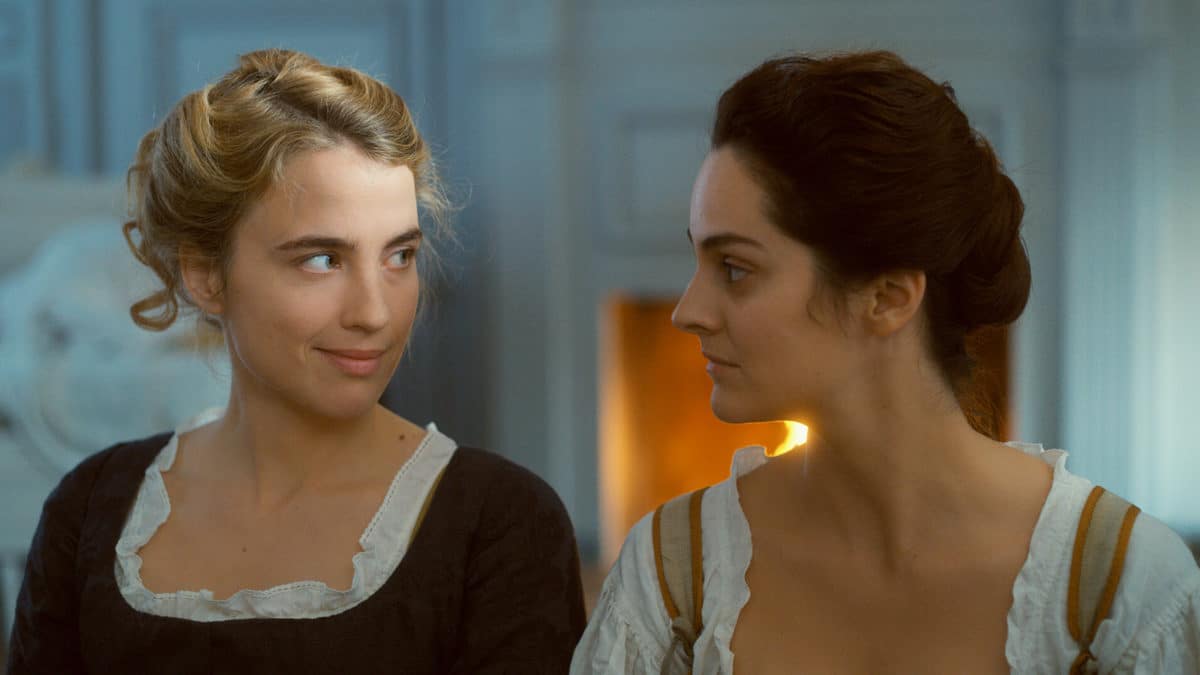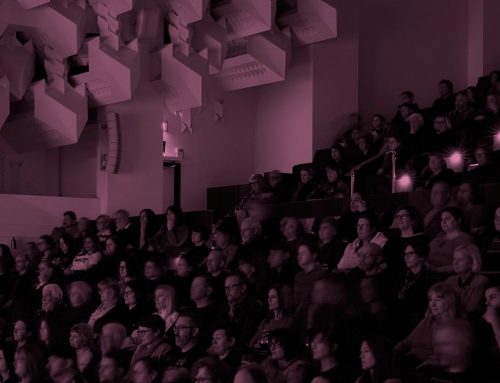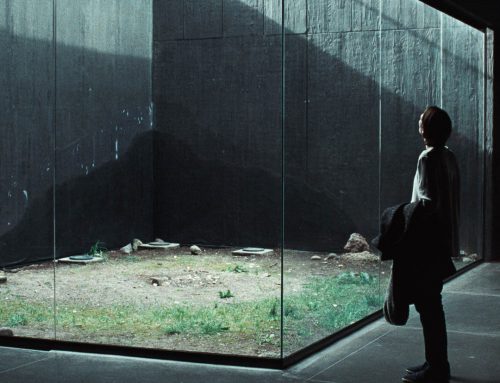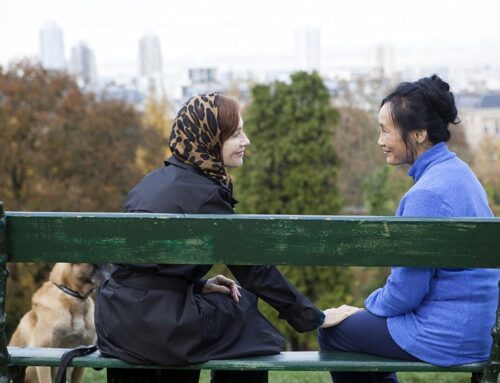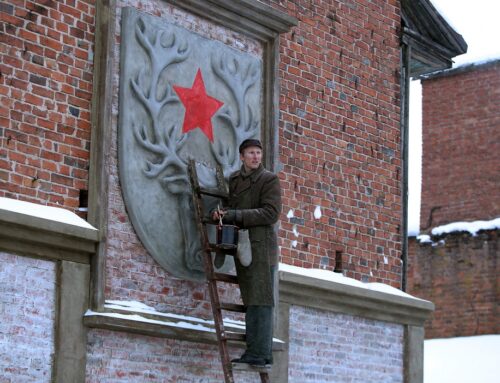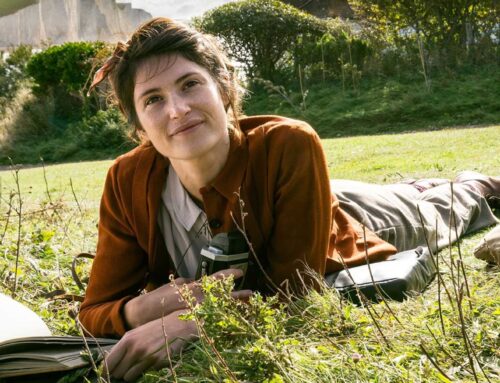One rarely expects a film as good as ‘Portrait of a Lady on Fire’ to come along and we are always glad when it does.
Of the forty features this author managed at this year’s Sydney Film Festival this late addition from Cannes is a close second only to Sydney Film Prize and Palme d’Or winner Parasite.
Set in 1760 Brittany, Marianne (Noemie Merlant) travels to a remote stretch of land and mansion; commissioned to paint a portrait of Heloise (Adele Haenel), soon to be married off to some Milanese man she’s never met and as reticent to have her likeness captured.
Confining it’s action predominantly to the film’s few lead, female characters, Portrait of a Lady on Fire centres primarily on the relationship between Mariannae and Heloise and the former’s efforts to paint her portrait without Heloise’s knowledge.
At the outset and diminishingly so as the film begins to concern itself more greatly with Greek myth, ‘Portrait’ is very preoccupied with the realm of gothic yet, significantly, the form’s precursors. Commencing with allusions to a supremely chilling, tragic act that would just as well be at home in one of the Bronte sisters’ works, the feature makes exceptional use of natural lighting by candlelight and fire.
A hallmark of contemporary gothic fiction and popularised by Stanley Kubrick’s efforts in Barry Lyndon, Director Celine Sciamma, fairly with some more modern equipment at hand, manages the styling to much, much greater effect. About as seamless a recreation of Rembrandt’s (himself a forerunner of gothic aesthetics) style and shading technique as cinema can achieve, those dedicated fans of the artist, this author among them, will witness this film with abundant appreciation as with any opportunity to see it on as large a screen as possible.
Strangely tempered in its pacing in near every sequence regardless of that which transpires, the common approach works wonders in the quieter moments as the technique invites us into a welcome and necessary realm of contemplation. In the more dramatic sequences, including one confronting subplot involving a mainstay of the house (Luana Bajrami), the effect is conversely misplaced to the extent it neglects to reckon with the consequence of that which eventuates with neither a requisite adjustment in pacing nor tone.
One recurring visual vignette ridden with evident illusory qualities, taking place atop a stairs, is likewise a major and unnecessary departure in tone. The non-illusory (and too titular) sequence shared between characters in an outside setting, rendered in a similarly dreamlike way, achieves the same effect while working magic within practical storytelling amidst a tale which never necessitates such a conspicuous leap in style. A later, real-life hark back to that illusory referred to above achieves a similar effect to the ‘fire’ sequence and would have subsisted just as well without attempts to establish it’s basis in that unreal.
Making exceptional and sparing use of music, the occasions when it does appear, including an uncommon, thrilling acapella advent, are sublime. The very practical manner in which one piece factors into proceedings, beyond setting the mood, here leads to an ardently impassioned encounter for the main characters whose emotionality throughout is aboundingly palpable.
For what it’s worth, I’ve been listening to this Concerto since first viewing and don’t plan to stop.
Near best of all is the film’s approach to that erotic, with Sciamma opting not to leer or linger unnecessarily on her leads. Welcomely choosing not to treat nudity as the crux of any sex-charged sequence, that nudity which might typically be the focus of any erotic sequence is disambiguated early on; replaced here by an emphasis on that emotive shared between two characters. When nudity is featured later on, it is fleeting and given the emotionality emerges with uncommon sensuality as opposed to being gratuitous or simply there for the sake of being there, as is wantonly the case in many features.
Finally, the Orpheus myth. ‘Portrait’ takes steps, curiously similar to two of the other stand-out features from this year’s Sydney Film Festival, to elucidate on the idea of art as a simulacrum and the extent to which art, as powerful and eclipsing as it can be, can or cannot render a dutiful, complete representation of any given subject as might a personal recollection or zealous memory.
Pain and Glory examined the matter as regards cinema while Never Look Away too elaborated on the subject as it pertains to art. It is however in the plaintive treatments of the interactions between its leads as the portrait is furthered, as well as the vast array of own experiences that can be reflected in events, as that which transpires remains never so thematically confined by the film’s setting or particular tale, that Portrait of a Lady on Fire, amid so much else, dramatically excels.
Portrait of a Lady on Fire screened as part of the Sydney Film Festival, will screen as part of the Melbourne International Film Festival on August 3 at 12PM at the MCEC, August 10 at 6:30PM, August 16 at 9:30PM and August 18 at 4PM at Hoyts Melbourne Central, as part of Queer Screen on September 18 at 7PM at Event Cinemas George Street and on October 4 at 8PM at Mount Vic Flicks, as part of the Darwin International Film Festival on September 19, as part of the Brisbane International Film Festival on Oct 5 & 12, as part of the Melbourne Queer Film Festival on October 6, as part of the Byron Bay Film Festival on Saturday October 19, Sunday October 20, Friday October 25 and Sunday October 27, as part of the Brisbane Queer Film Festival on December 8, will be in cinemas from Boxing Day and screens as part of Screenwave on January 10, 15 & 17, 2020, as part of Westpac OpenAir Cinema on February 1, 2020 , as part of the Caloundra Film Festival on February 25, 2020 and as part of the Travelling Film Festival in Wagga Wagga on March 8, 2020
on Falkenscreen


